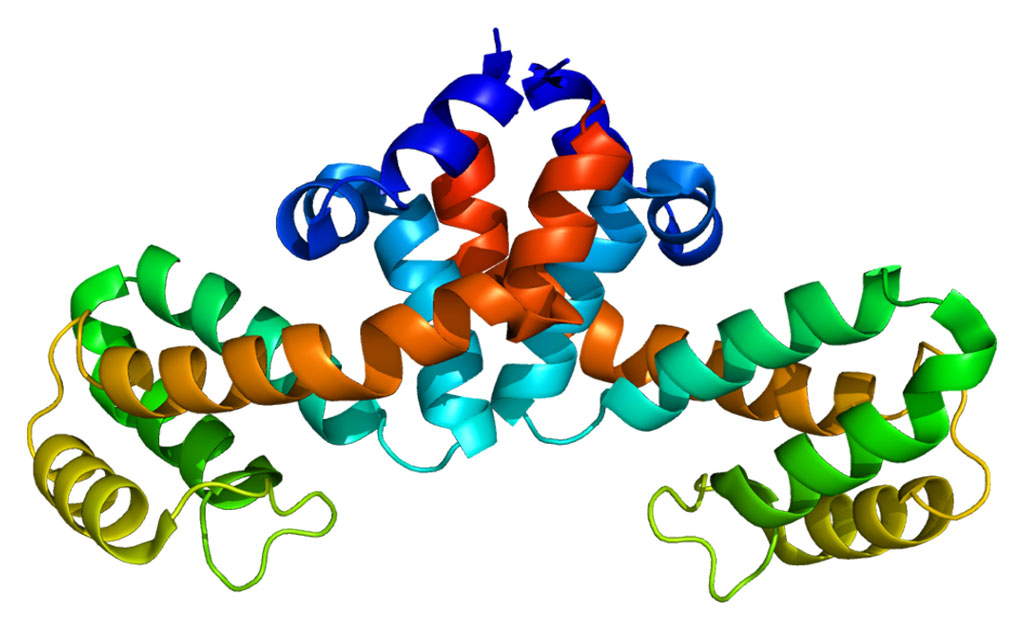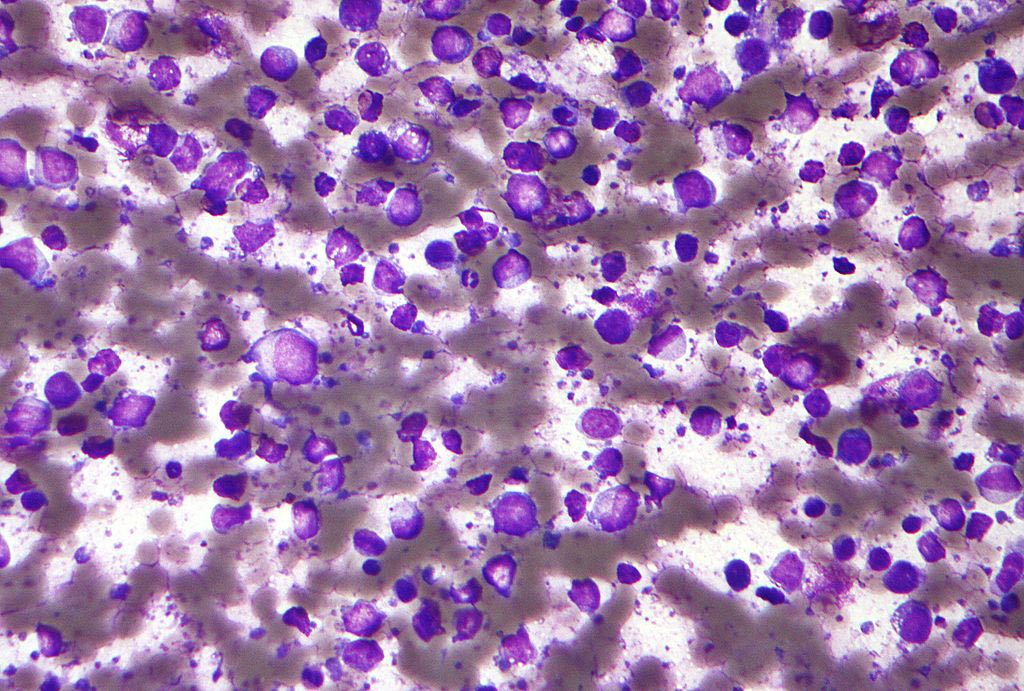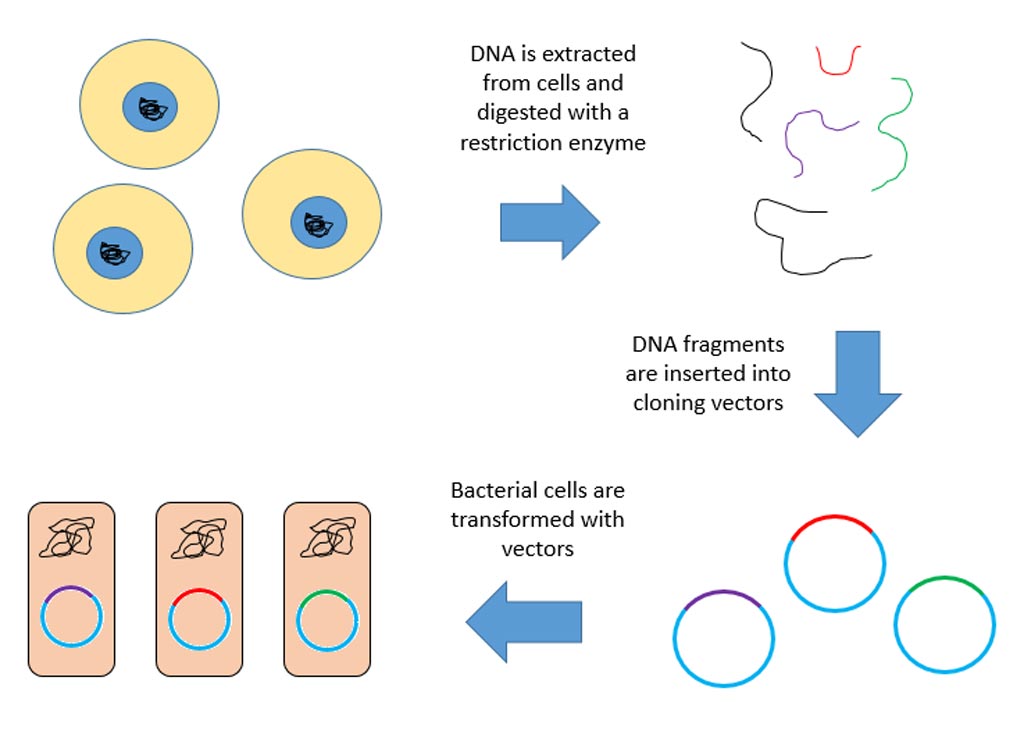Protofibrils May Be Culprits in Type II Diabetes
By Biotechdaily staff writers
Posted on 05 Nov 2003
Researchers have found that protofibrils, precursor molecules for the amyloid fibrils that are characteristic of type II diabetes, are better able to penetrate cell membranes and have greater potential to cause damage than do the mature fibrils.Posted on 05 Nov 2003
Investigators at Tel Aviv University (Israel; www.tau.ac.il) used colorimetric and fluorescent assays as well as electron microscopy to study the membrane interaction activity of soluble and insoluble islet amyloid polypeptide assemblies at high temporal resolution. They reported in the September 23, 2003, issue of Biochemistry that their results provided experimental evidence for the formation of transient soluble prefibrillar assemblies, which were highly membrane-active.
"Type II diabetes is one of the most common amyloid-related diseases,” explained senior author Dr. Ehud Gazit, lecturer in the department of molecular microbiology and biotechnology at Tel Aviv University. "A very interesting point is the striking similarity between these assemblies and the structures observed in the cases of Alzheimer's disease and Parkinson's disease,” said Dr. Gazit.
Related Links:
Tel Aviv University













